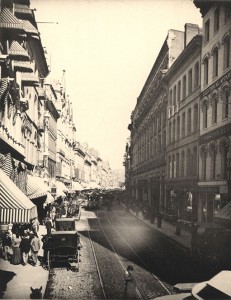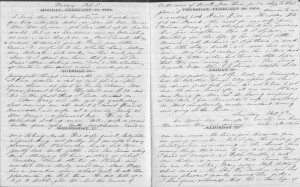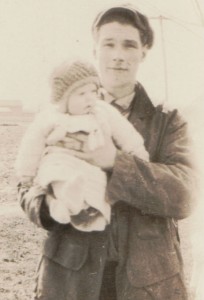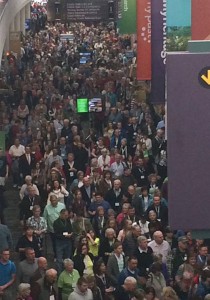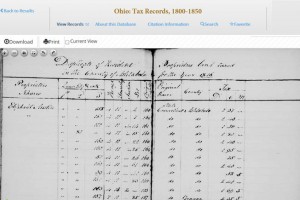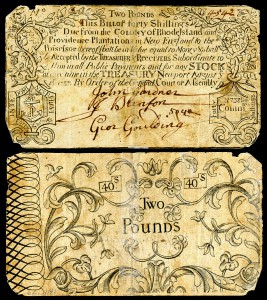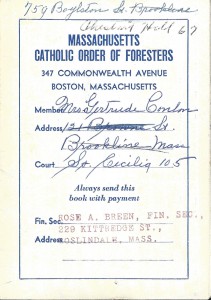
One day while visiting my parents, I looked through some documents that belonged to my maternal grandmother, Gertrude Rose (Breen) Conlon. She lived with my family for two years until her death in 1992, and my mother still has some of her papers. While searching for a copy of my grandmother’s marriage record, I came across what appeared to be a bank book. Upon closer examination, I noticed that it was a payment book for my grandmother’s account with the Massachusetts Catholic Order of Foresters (MCOF) . I recognized the name of this organization from research I previously conducted on the Irish lines of my family. My great-great-grandfather, James Conlon, was a member of the MCOF until his death in 1934. Continue reading An Unexpected Discovery in Family Documents

